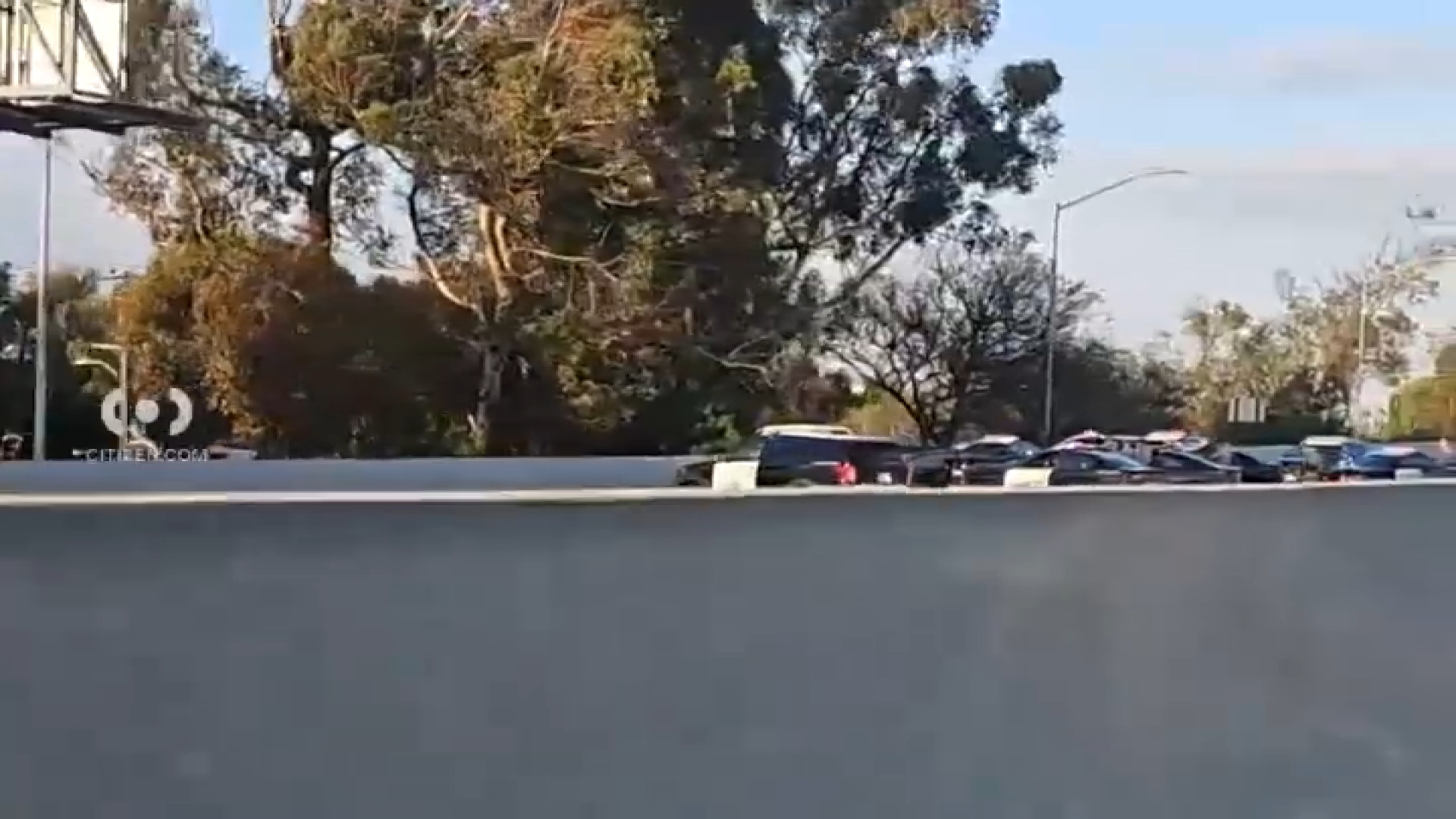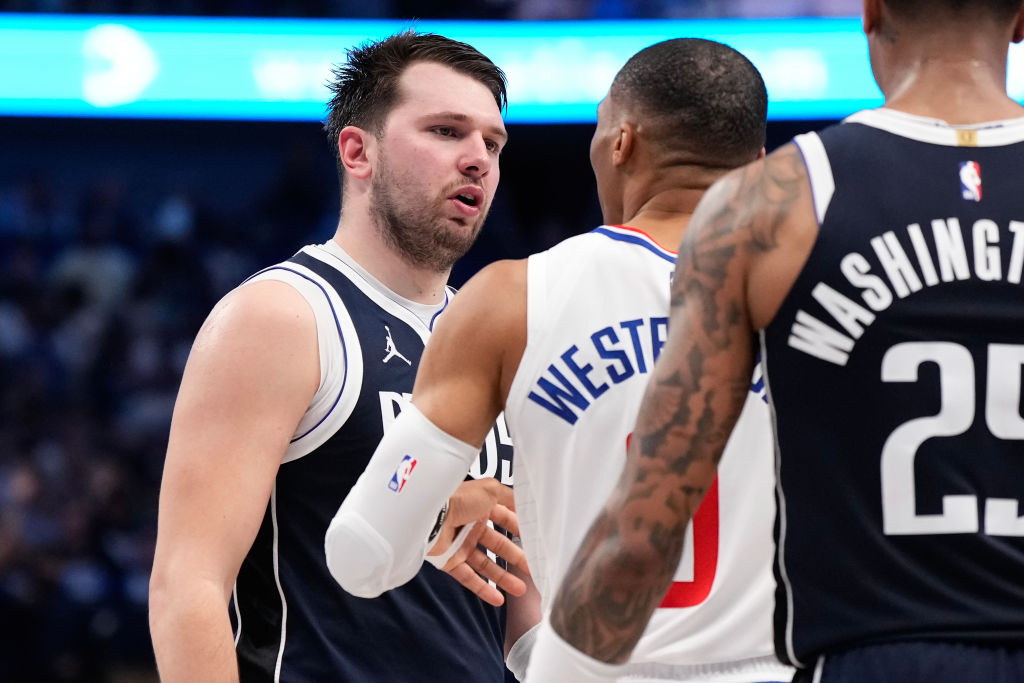It began with a sharp pain on the side of her hand.
Jennifer Chakir thought maybe she had carpal tunnel or a work related injury. But it seemed to hurt the most, when she was lifting up her one year old daughter.
"I had this sharp shooting pain all down my forearm, starting at my thumb through my wrist… it was really debilitating I had to put the baby down. And take some ibuprofen because it was really painful.”
Doctors diagnosed her with "mommy thumb." It’s a real medical condition and there has been a rise in mothers being diagnosed with it (formally known as De Quervain’s tendinitis).
Local
Get Los Angeles's latest local news on crime, entertainment, weather, schools, COVID, cost of living and more. Here's your go-to source for today's LA news.
"After delivering a child, they do a lot of lifting of the child, have some fluid changes in the body, that leads to the pain and we see a lot of it," according to Dr. David Auerbach, a surgeon at the Southern California Orthopaedic Institute.
The condition has been around for as long as parents lifted their children, but now the number of cases is shooting up. Why?
Doctors say a combination of heavier children, older new mothers, cribs that are lower to the floor, and frequent scrolling on smart phones are putting the thumb out of alignment with the rest of the hand.
Doctors say a combination of heavier children, older new mothers, cribs that are lower to the floor, and frequent scrolling on smart phones are putting the thumb out of alignment with the rest of the hand.
"It’s an inflammation of the tissue around the tendon… I definitely do not recommend trying to live with the problem. It rarely goes away on its own," Auerbach said.
Orthopedic surgeons estimate that between one quarter and one half of new mothers experience symptoms of mommy thumb.
The treatment involves ice and anti-inflammatory pills or injections, and surgery for the really severe cases.
In Jennifer’s case, she wore a wrist brace that included a thumb splint which rests the tendon and reduces and swelling. After two weeks of wearing the splint, the pain was gone.
“I’ve never had a problem with it since,” Chakir said.
For more information:
Southern California Orthopaedic Institute
818-901-6600 x1525



